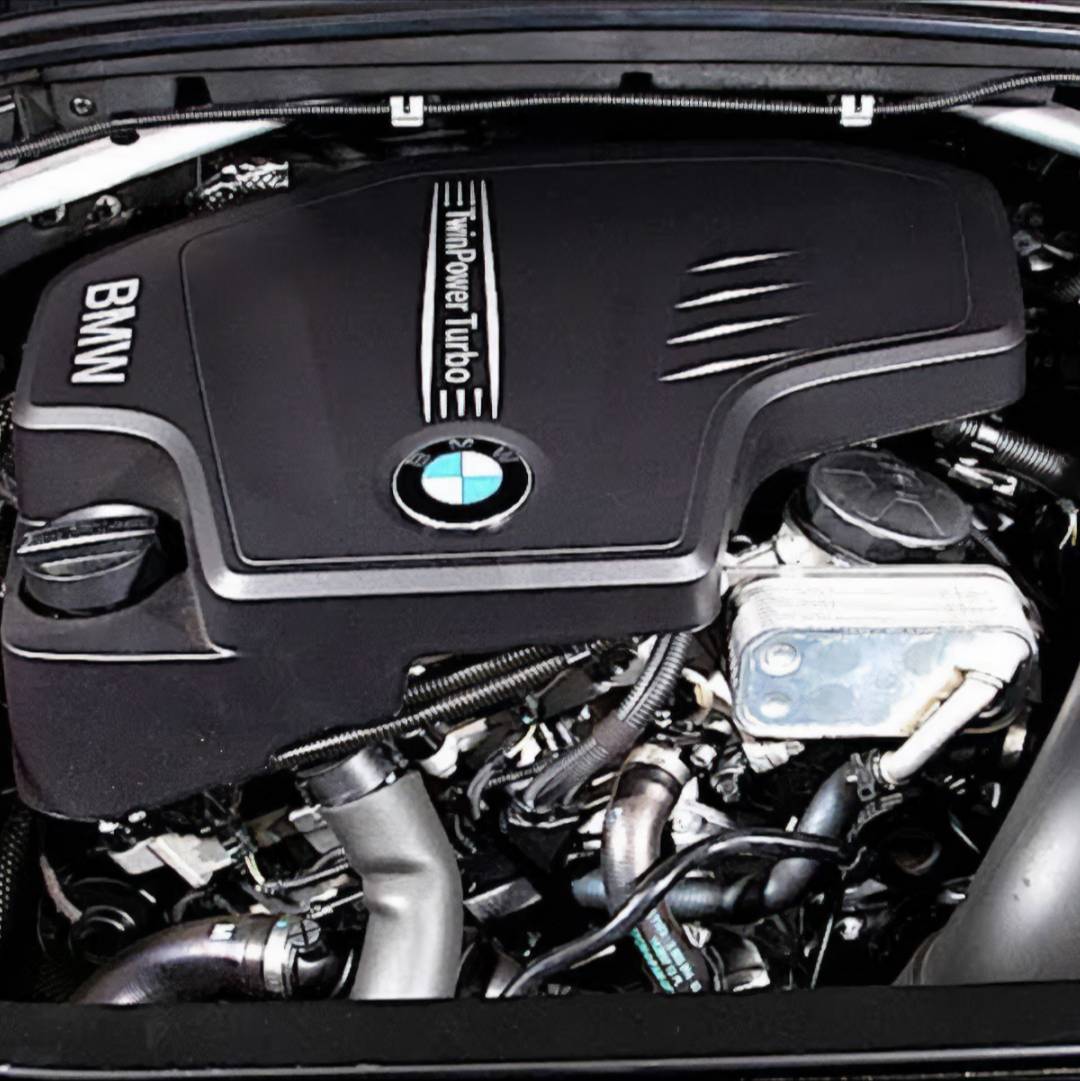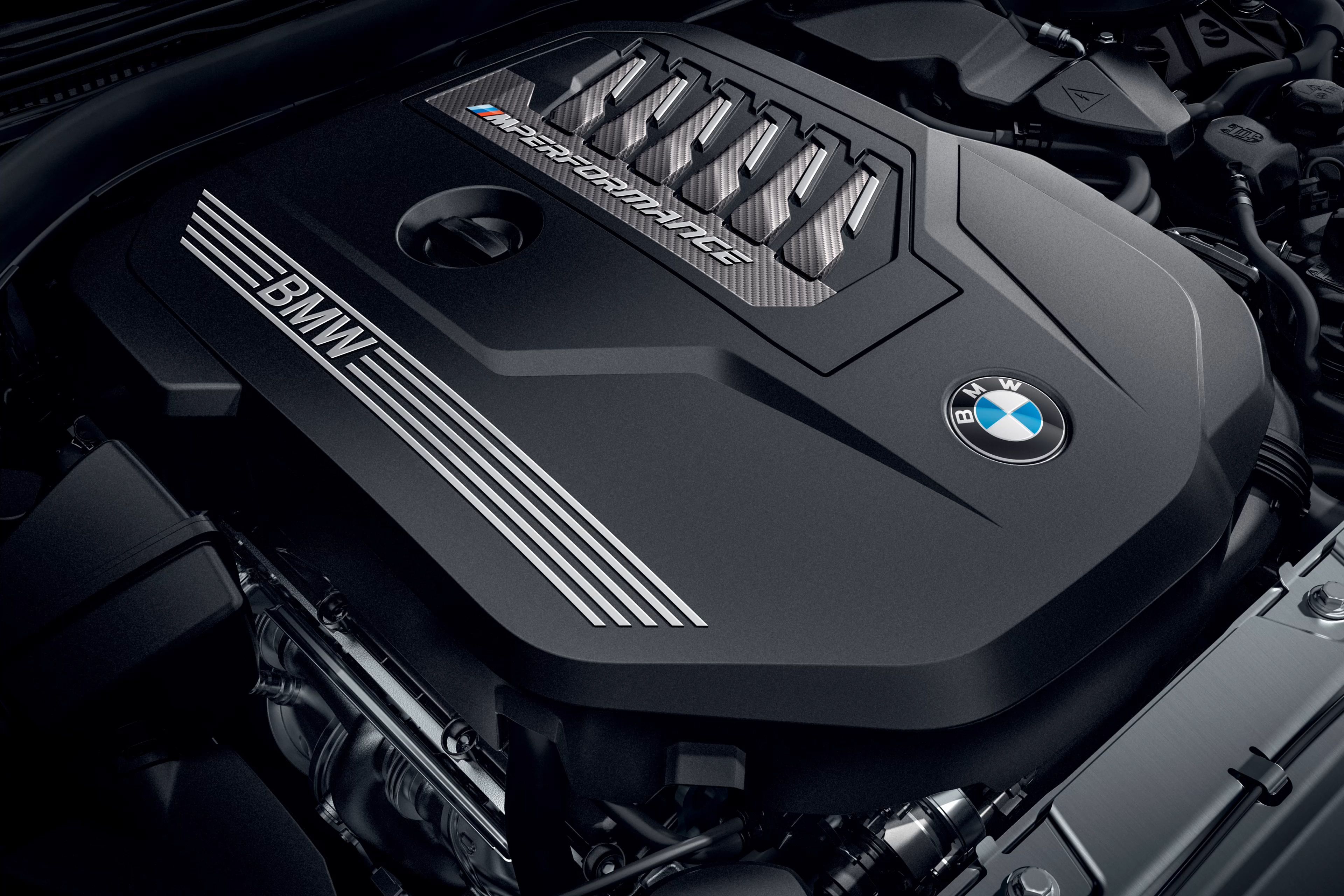Checking Out the Development of Burning Engines in Modern Transport Solutions
As we browse the landscape of modern-day transport, the development of burning engines stands as a testament to human ingenuity and engineering prowess. From their humble beginnings to the sophisticated giants propelling vehicles today, burning engines have actually undertaken an impressive trip of advancement and adjustment. Comprehending the complexities of this evolution not only loses light on the past yet additionally leads the way for visualizing what lies in advance in the world of transportation technology. The interaction of background, innovation, and environmental concerns in forming the trajectory of burning engines produces a narrative that is both insightful and engaging.
Very Early Beginnings of Combustion Engines
How did the principle of burning engines very first emerge in the early phases of transportation growth? The roots of burning engines can be mapped back to the 17th century when the principles of interior burning were first checked out.
The innovation moment came with the creation of the initial successful gasoline-powered engine by Karl Benz in 1885 - bmw engine. This engine led the way for the development of the modern car, changing transportation systems worldwide. Subsequent technologies by Nikolaus Otto and Gottlieb Daimler additionally improved burning engine technology, resulting in the mass manufacturing of autos and the rapid expansion of the transportation market
These very early burning engines were identified by their simpleness and effectiveness, laying the structure for the complicated and powerful engines utilized in contemporary transportation systems. The evolution of combustion engines has contributed fit the means we take a trip and move items, noting a considerable turning point in the history of transportation growth.
Change to Internal Combustion Technology
The transition to inner burning innovation marked a pivotal change in the development of transportation systems. This change started in the late 19th century, with innovators like Nikolaus Otto and Gottlieb Daimler developing the first effective interior combustion engines. These engines changed transport by providing a more reliable and powerful alternative to vapor engines and electric motors.
One of the crucial advantages of inner combustion engines was their ability to be reduced to fit into lorries, causing the development of bikes and cars. This shift from large, stationary engines to small, mobile ones led the way for the modern transport systems we see today.
The transition to interior burning innovation additionally spurred innovations in fuel modern technology, resulting in the growth of gasoline and diesel as key fuel sources for lorries. This shift not just made transportation much more accessible to the masses however additionally laid the foundation for the oil and gas market to come to be essential to worldwide economies.
Effect of Combustion Engines on Transport
The adoption of combustion Related Site engines in transport systems militarized a profound shift in the performance and rate of global wheelchair. Burning engines revolutionized transportation by giving a functional and dependable resource of power for numerous lorries, including automobiles, ships, planes, and trucks. This innovation significantly enhanced the capability for items and individuals to conform cross countries in shorter period, bring about increased connectivity between areas and countries.
In addition, the prevalent use burning engines has actually had a substantial influence on financial advancement. The capability to deliver items effectively has actually stimulated trade and commerce, allowing businesses to increase their markets and get to customers worldwide. This has helped with financial development and globalization, as items can currently be delivered quicker and in larger quantities than ever in the past.
Nonetheless, the ecological impact of combustion engines can not be forgotten. The burning of fossil fuels has brought about air contamination and greenhouse gas discharges, contributing to environment adjustment and positioning health threats to populaces. bmw engine. As a result, there is an expanding focus on developing alternative propulsion modern technologies to reduce these negative results and produce a more lasting future for transportation
Technologies in Burning Engine Design
One remarkable technology is the Get More Information growth of turbocharged engines, which make use of exhaust gases to drive a generator that presses inbound air, enabling for more fuel to be burnt, resulting in increased power output without a significant rise in engine dimension. Variable shutoff timing systems have also revolutionized engine layout by maximizing air flow at different engine speeds, enhancing both power and performance. These technologies collectively add to the continuous renovation of combustion engines in modern-day transportation systems.
Future Patterns in Burning Engine Development
With innovation advancements driving constant innovation, the future of combustion engine growth is poised to reinvent transport systems worldwide. One of the vital trends in combustion engine growth is the push towards higher efficiency and decreased discharges.
An additional popular pattern is the fostering of hybrid innovations in burning engines. Crossbreed engines combine conventional burning modern technology with electric power, supplying improved gas performance and lower emissions. As the vehicle market changes towards electrification, hybrid combustion engines are seen as a transitional option that links the gap between conventional cars and completely electrical ones.
Moreover, the assimilation of clever modern technologies, such as expert system and data analytics, is expected to play a considerable function in the future of burning engine advancement. These innovations can enhance engine efficiency in real-time, resulting in much more effective combustion processes and enhanced overall vehicle performance. Embracing these future fads will certainly not just drive advancement in combustion engine growth read what he said yet additionally add to a much more environmentally pleasant and lasting transport environment.

Conclusion
In verdict, the development of combustion engines in modern transport systems has been marked by substantial improvements in innovation and design. From the very early beginnings of combustion engines to the shift to inner combustion technology, these engines have actually had a profound impact on transport.
The roots of burning engines can be traced back to the 17th century when the principles of internal combustion were initial checked out. These engines transformed transport by supplying an extra powerful and efficient choice to steam engines and electric motors.
